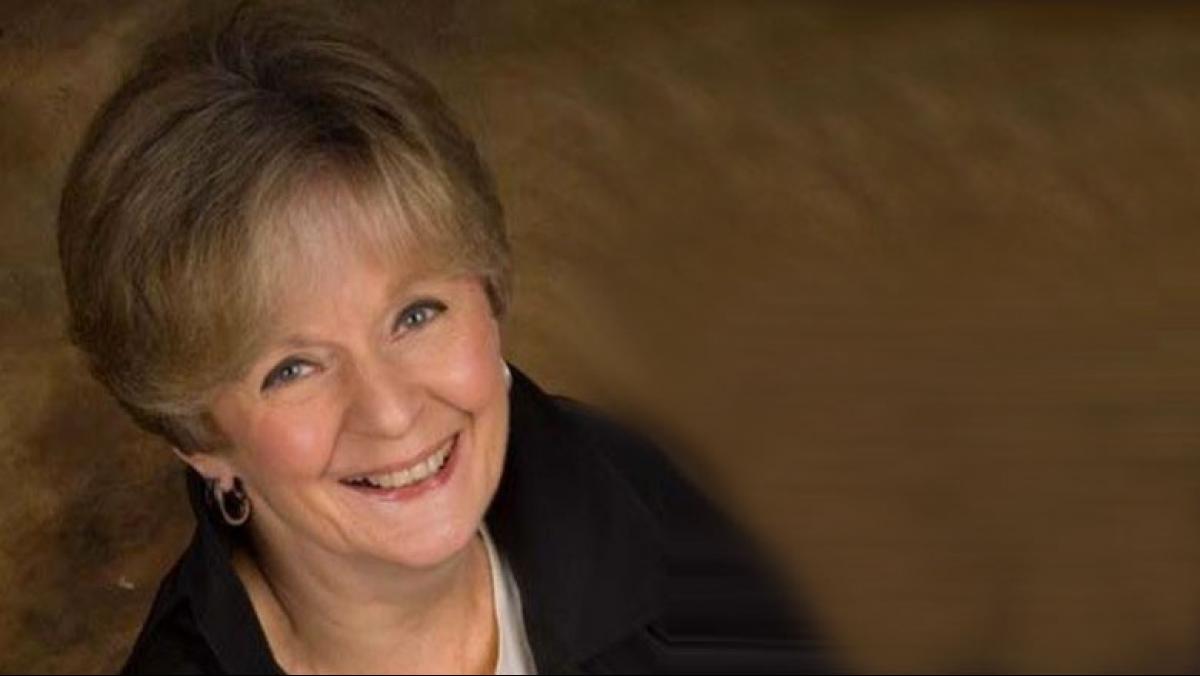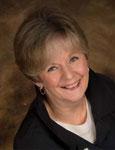Years ago, a student asked me at orientation what qualities he would need to be successful in my Freshman English class. The question was odd but perhaps useful. I came up with three qualities. First was curiosity: a readiness to learn about things that haven’t interested you. Forget that you never liked chemistry or poetry. (And if you can’t feel curious, learn to fake it—develop a convincing “interested face.”) Second was civility: a capacity to hear challenging things and remain respectful. Education opens your mind, brings new information, and explores new ideas. Sometimes that’s uncomfortable, but we behave well with each other. The final one was tenacity, of course—a persistent determination. No matter how hard this is, you’re going to give it a good try.
For me, curiosity is first. Always. Maybe it’s because I am ambidextrous—or ambisinistrous, as I used to joke about my handwriting on the blackboard—but I am fascinated with intersections between fields and the blurring of disciplinary lines. As a student, I first majored in art, then psychology—thought about geology and theology—and, finally, English. Everything I was interested in could be found in literature (and it was better written). I began teaching Contemporary Literature at UW–Marathon County and met my husband. Rather than write my thesis, I married him, dear reader.
Here was another area of intersection. My husband Lane was a business lawyer, starting a practice from another place on the intellectual spectrum. Learning to fuse my teaching and community arts outreach with Lane’s business skills and civic commitment was a fascinating process. (When we got married, the university thought I’d gone Establishment, and the community thought he’d gone crazy. Probably they were both right.)
Still, I realized that my interest in interdisciplinary research seemed counterproductive to many. I wanted professionally to explore intersecting relationships between poetry and painting, or fiction and the visual artist; this exploration wasn’t always supported by the university. I was also riveted by etymology, where words come from and the metaphors they embody.
Our language was created from concrete comparisons. The word metaphor comes from Greek, meta, to change, and Old Norse, bear, to give birth to. Verse, the word for poetry, comes from the Latin word for the line or furrow the plow makes in the ground. The lines on a page look like furrows—verse and reverse. Science constantly uses metaphors: the bed of a river, a piece of steel (Old High German for to stay), an electron (Greek for amber)—all of them from physical images.
And I wanted to look at crossovers among fields, especially in the arts. When I first read about fractals, I was so excited I e-mailed my kids (I’d never heard of the phenomenon). That a word from Latin fractus meaning “broken” or “fractured” describes repeating patterns in time and space and nature and art is a wonderful thing—everything from a pine cone to a lightning bolt has fractals.
I read recently that in the movie adaptation of The Wizard of Oz, it was not the director but the composer and the lyricist who imagined the change from black-and-white (life in Kansas) to color (life in Oz). How cool is that? I have tried to make these types of leaps and connections in my teaching, and my continuing research explores them as well.
Hence, my delight in the Wisconsin Academy. Not only does it encapsulate my interests, but it focuses increasingly on sharing connections statewide, creating partnerships, and building conversations. According to our mission statement, we are a crucial resource for people who believe that by “foster[ing] a rich and lively creative culture that enhances our quality of life … Wisconsin [will be] thriving and resilient, economically, socially, and environmentally.”
But how do we arrive at this thriving, resilient place?
Because we have not all been “strangers in Egypt,” to use a Biblical metaphor, I believe that our growth and goodness as human beings depend upon transformative access to knowledge through science, to memory through history, and to metaphor through the arts. Whether the focus of our concern is education or immigration or equal rights, we need the imaginative life of stories and poems and paintings as much as we need the crystalline clarity of science and rational thought to inform our discussions—and decisions.
In Homo Aestheticus: Where Art Comes From and Why, author and independent scholar Ellen Dissanayake argues that arts continue to exist in society today because play and ritual have always been essential to human adaptation and survival. We are Homo aestheticus, seekers of beauty, just as much as we are Homo sapiens, creatures of reason: “the arts [allow] us to differentiate the special from the mundane … to cope with unusual or inexplicable occurrences, and to gain a communal focus that enhances our ability to flourish and survive.” It’s this creative tension between beauty and reason that fuels our drive to “make things special” every day.
So what we do through the Academy is both extraordinary and at the same time very basic. Creating interdisciplinary programs and raising money to support these programs, bringing speakers and cultural events to people around the state, assessing our facilities and capabilities, even arguing at Board meetings—they’re all ways we “make things special” for ourselves and generations to come in Wisconsin. I’m excited at the prospect of doing more—and more meaningful—work of this sort over the next two years. I’m also honored to have been elected president by this extraordinary organization.




